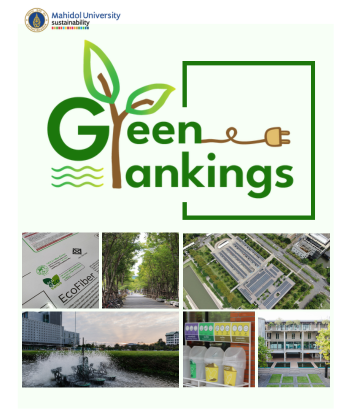Mahidol University recognizes the impact of climate change on human wellbeing. Therefore, a net-zero greenhouse gas emission policy was established to focus on the least polluting activities with the introduction of the “9 to Zero project”. The project has started by increasing the proportion of renewable energy within the University, including solar rooftops, electric trams and bicycles on campus, and biodiesel from used vegetable oil. The University also plans to increase EV charging stations to promote the use of clean and environmentally friendly technology. It will also continually monitor air quality and dust by creating an innovative PM 2.5 Footprint Calculator to estimate the health effects of fine particulate matter (PM) according to global environmental standards. This raises individuals’ awareness of health risks caused by PM 2.5, and alerts them to change their lifestyles to reduce exposure to dust. The “MU Carbon Footprint” program - a database of greenhouse gas emissions – is used to assess and formulate guidelines for managing greenhouse gases most effectively. In 2020, there were 5,851.44 tons of greenhouse gas emissions at the Salaya campus. The Faculty of Dentistry''''s Low Carbon Hospital used data obtained from the MU Carbon Footprint to manage resources appropriately. This results in reduced costs and greenhouse gas emissions due to the replacement of renewable energy, and has an environmental impact, moving towards a low-carbon city. In addition, the University has arranged several practical activities, such as the project to plant trees to absorb greenhouse gases, and the project to measure trees to collect data on greenhouse gas reabsorption in 2022 - the 13,640 trees at Salaya campus can absorb up to 6,523.20 tons of carbon dioxide equivalent. Green space is increased by the Vertical Garden Project, by 5.92% of all green space in the University. The MU Eco Park project increases tree-planting to reduce heat, preserve natural ecosystems, and influence a higher rate of greenhouse-gas reabsorption The Eco Town project - a collaboration with PTT to expand knowledge on waste management, and recycling instead of incineration, a cause of air pollution – demonstrates that the University is actively planning and preparing for climate change and its impacts, in line with the Sustainable Development Goals..
Climate Action
Take urgent action to combat climate change and its impacts.
Highlights
-
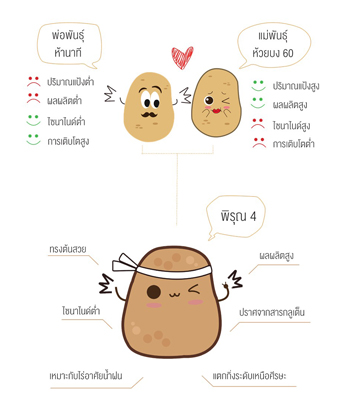 24 Aug. 2565Development of Piroon cassavaDevelopment and selection of cassava varieties for higher starch content and yield, using conventional breeding combined with marker-assisted selection. Molecular markers associated with the traits were developed for the selection process.
24 Aug. 2565Development of Piroon cassavaDevelopment and selection of cassava varieties for higher starch content and yield, using conventional breeding combined with marker-assisted selection. Molecular markers associated with the traits were developed for the selection process. -
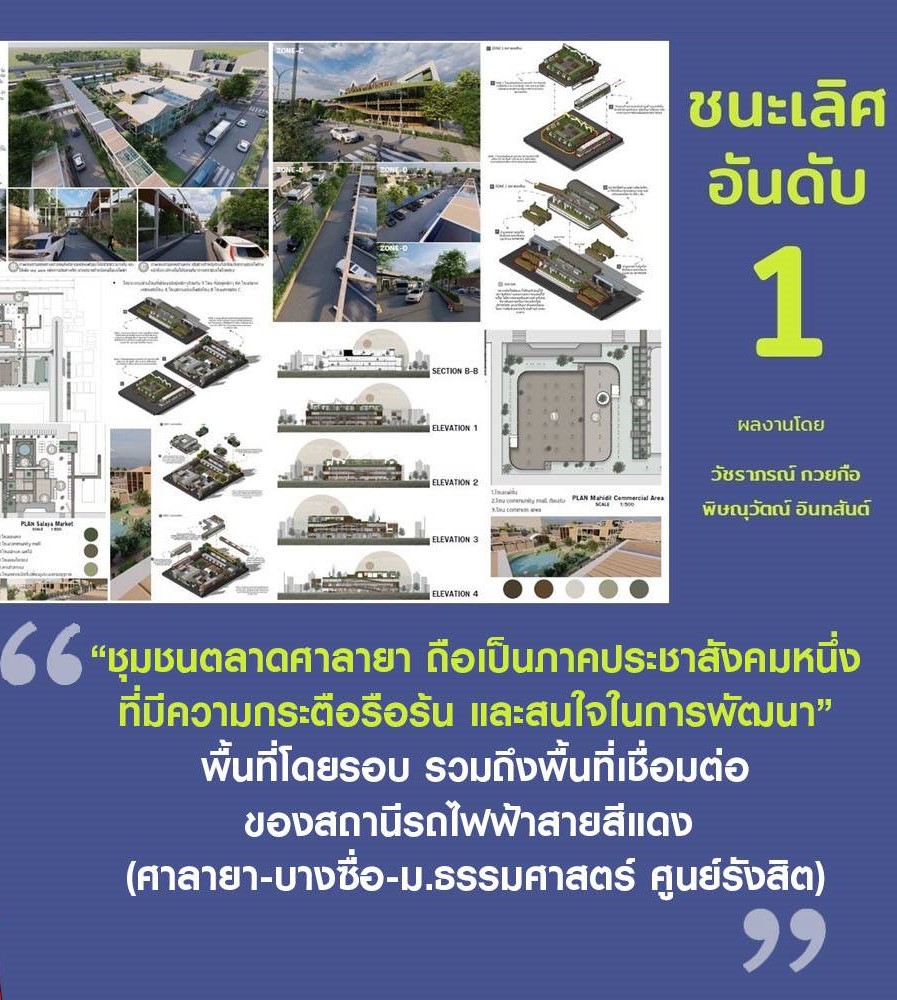 24 Jan. 2566TOD City Development and Sustainable Communities GuidelinesThe concept of city and community is developed along with the transportation infrastructure. We focus on the development of areas around public transport stations that are the center of travel connections. The model of city has been determined for maximum benefit to create a quality community that is pleasant to live, attractive for business investment, and encourage to travel by public transport. The concept of TOD city management is to change the expansion of a scattered city to a compact city by using guidelines that will reduce the burden of city growth. Transport infrastructure is the backbone of urban development and expansion. Transit Oriented Development (TOD) urban development The concept of city and community is developed along with the transportation infrastructure. We focus on the development of areas around public transport stations that are the center of travel connections. The model of city has been determined for maximum benefit to create a quality community that is pleasant to live, attractive for business investment, and encourage to travel by public transport. The concept of TOD city management is to change the expansion of a scattered city to a compact city by using guidelines that will reduce the burden of city growth. Transit Oriented Development (TOD) will solve urban problems and benefit communities. The government will have clear and concrete guidelines for managing the city, changing travel behavior from private cars to public transport will help reduce pollution, and providing facilities for walking or cycling will reduce travel by private cars. In addition, the local economy will develop to fit every lifestyle, including residential areas, commercial areas, business areas, and public areas. Utilities are available and accessible to everyone, saving travel costs, reducing energy consumption, and fostering a good environment in the community.
24 Jan. 2566TOD City Development and Sustainable Communities GuidelinesThe concept of city and community is developed along with the transportation infrastructure. We focus on the development of areas around public transport stations that are the center of travel connections. The model of city has been determined for maximum benefit to create a quality community that is pleasant to live, attractive for business investment, and encourage to travel by public transport. The concept of TOD city management is to change the expansion of a scattered city to a compact city by using guidelines that will reduce the burden of city growth. Transport infrastructure is the backbone of urban development and expansion. Transit Oriented Development (TOD) urban development The concept of city and community is developed along with the transportation infrastructure. We focus on the development of areas around public transport stations that are the center of travel connections. The model of city has been determined for maximum benefit to create a quality community that is pleasant to live, attractive for business investment, and encourage to travel by public transport. The concept of TOD city management is to change the expansion of a scattered city to a compact city by using guidelines that will reduce the burden of city growth. Transit Oriented Development (TOD) will solve urban problems and benefit communities. The government will have clear and concrete guidelines for managing the city, changing travel behavior from private cars to public transport will help reduce pollution, and providing facilities for walking or cycling will reduce travel by private cars. In addition, the local economy will develop to fit every lifestyle, including residential areas, commercial areas, business areas, and public areas. Utilities are available and accessible to everyone, saving travel costs, reducing energy consumption, and fostering a good environment in the community. -
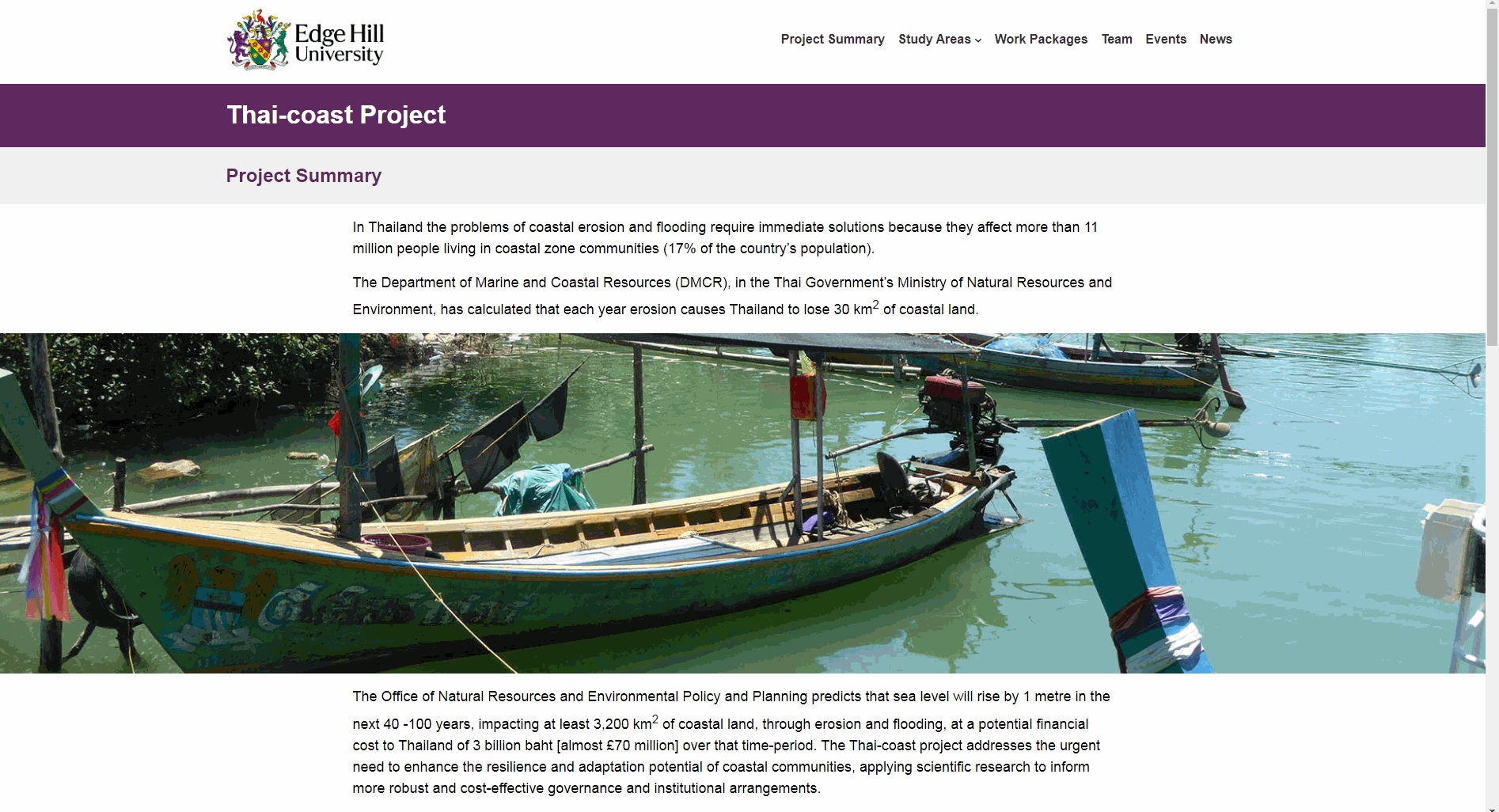 7 Oct. 2565Project: Thai Coast: Coastal Vulnerability, Resilience and Adaptation in ThailandThe Thai-coast project is helping improve scientific understanding of the vulnerability of Thailand’s coastal communities to hydro-meteorological hazards, including storms, floods and coastal erosion, under future climate change. For the study sites in Krabi and Nakhon Si Thammarat Provinces, key findings are that modelled future climate change indicates more extended and severe floods in Southern Thailand with the risk of flash floods increasing significantly, and erosion and accretion rates are more dramatic on mangrove coastlines compared with sandy coastlines. Despite variable physical and socio-economic resilience, the two study sites have comparable coastal vulnerability index (CVI) values. Project results impact through public engagement, dissemination and dialogue with policy makers and coastal communities.
7 Oct. 2565Project: Thai Coast: Coastal Vulnerability, Resilience and Adaptation in ThailandThe Thai-coast project is helping improve scientific understanding of the vulnerability of Thailand’s coastal communities to hydro-meteorological hazards, including storms, floods and coastal erosion, under future climate change. For the study sites in Krabi and Nakhon Si Thammarat Provinces, key findings are that modelled future climate change indicates more extended and severe floods in Southern Thailand with the risk of flash floods increasing significantly, and erosion and accretion rates are more dramatic on mangrove coastlines compared with sandy coastlines. Despite variable physical and socio-economic resilience, the two study sites have comparable coastal vulnerability index (CVI) values. Project results impact through public engagement, dissemination and dialogue with policy makers and coastal communities. -
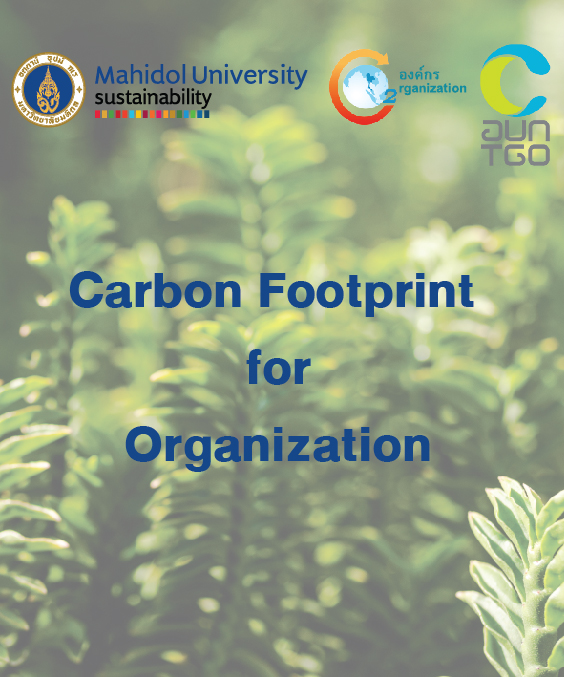 9 Mar. 2565Carbon Footprint for OrganizationCarbon footprint of organization is greenhouse gas released by organizational activities, for example, fuel combustion, electricity consumption, waste management, transportation which are measured in tons of equivalent carbon dioxide. These are considered from the 3 scopes.
9 Mar. 2565Carbon Footprint for OrganizationCarbon footprint of organization is greenhouse gas released by organizational activities, for example, fuel combustion, electricity consumption, waste management, transportation which are measured in tons of equivalent carbon dioxide. These are considered from the 3 scopes. -
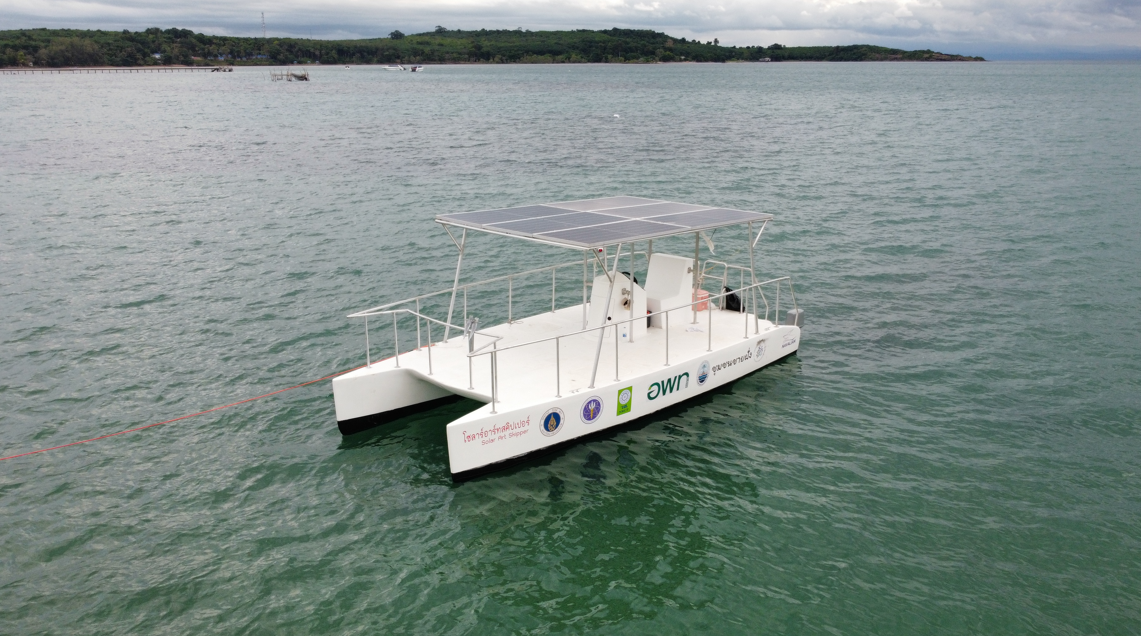 7 Oct. 2565Solar Powered Boat to Promote Sustainable Tourism PolicyThe DASTA and Koh Mak coastal communities can benefit from solar electric boat technology transfer as a tool for tourism management and coral conservation. The solar electric boats will replace the use of motor boat fuel, eliminating carbon emissions and soot contamination from burning that can damage coral reefs. This transfer of technology can help promote sustainable tourism policies and reduce the potential for long-term environmental damage. The communities can use the solar electric boats for a variety of tourism-related activities, including recreation, sightseeing, touring, and fishing. Additionally, the solar electric boats can be used to monitor and protect coral reefs from overfishing, pollution, and other threats. These boats can also be used to create educational programs and promote environmental stewardship among local communities.
7 Oct. 2565Solar Powered Boat to Promote Sustainable Tourism PolicyThe DASTA and Koh Mak coastal communities can benefit from solar electric boat technology transfer as a tool for tourism management and coral conservation. The solar electric boats will replace the use of motor boat fuel, eliminating carbon emissions and soot contamination from burning that can damage coral reefs. This transfer of technology can help promote sustainable tourism policies and reduce the potential for long-term environmental damage. The communities can use the solar electric boats for a variety of tourism-related activities, including recreation, sightseeing, touring, and fishing. Additionally, the solar electric boats can be used to monitor and protect coral reefs from overfishing, pollution, and other threats. These boats can also be used to create educational programs and promote environmental stewardship among local communities. -
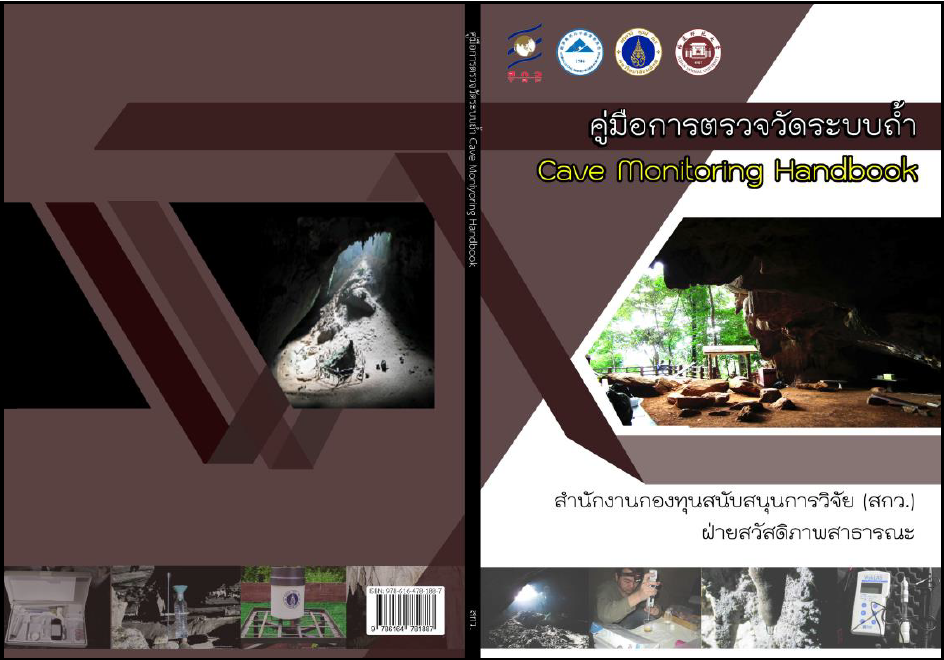 20 Oct. 2565Asian summer monsoon variability during the Holocene: a synthesis study on stalagmites and tree rings from Thailand and ChinaTeak tree-ring and stalagmite can be compared to create climate line in the past up to 3 centuries, including showing the relationship with climate change from far away such as “Enzo” phenomenon.
20 Oct. 2565Asian summer monsoon variability during the Holocene: a synthesis study on stalagmites and tree rings from Thailand and ChinaTeak tree-ring and stalagmite can be compared to create climate line in the past up to 3 centuries, including showing the relationship with climate change from far away such as “Enzo” phenomenon. -
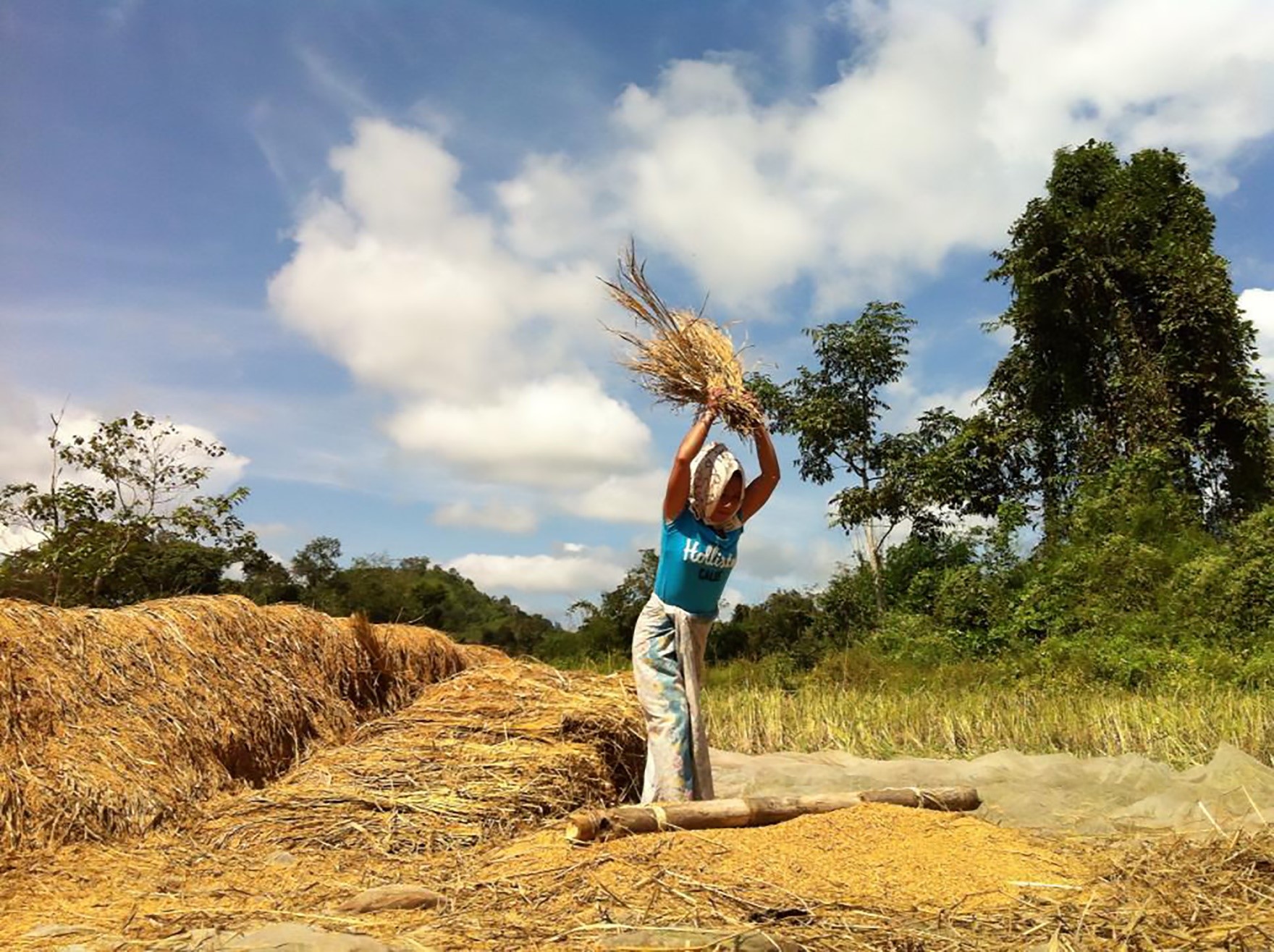 1 Sep. 2565Climate change Resilience of Indigenous SocioEcological systems (RISE)The Universal Declaration of Human Rights was created by United Nations. It emphasizes the right of living in the land, boundary and the use of resources of ethnic groups which have lived, occupied, and used for long time. In this context, ethnic groups have the right to live,to find food and continueto live in a traditional way. This makes the maintenance of traditional and sustainable food systems an urgent priority for the United Nations. It has been made as United Nations Permanent Forum of Indigenous Peoples’ Issues: UNPFII for ethnic groups officially. However, despite important declarations supporting ethnic groups, but they are highly still vulnerable to climate changes, environmental crises, and other factors.
1 Sep. 2565Climate change Resilience of Indigenous SocioEcological systems (RISE)The Universal Declaration of Human Rights was created by United Nations. It emphasizes the right of living in the land, boundary and the use of resources of ethnic groups which have lived, occupied, and used for long time. In this context, ethnic groups have the right to live,to find food and continueto live in a traditional way. This makes the maintenance of traditional and sustainable food systems an urgent priority for the United Nations. It has been made as United Nations Permanent Forum of Indigenous Peoples’ Issues: UNPFII for ethnic groups officially. However, despite important declarations supporting ethnic groups, but they are highly still vulnerable to climate changes, environmental crises, and other factors. -
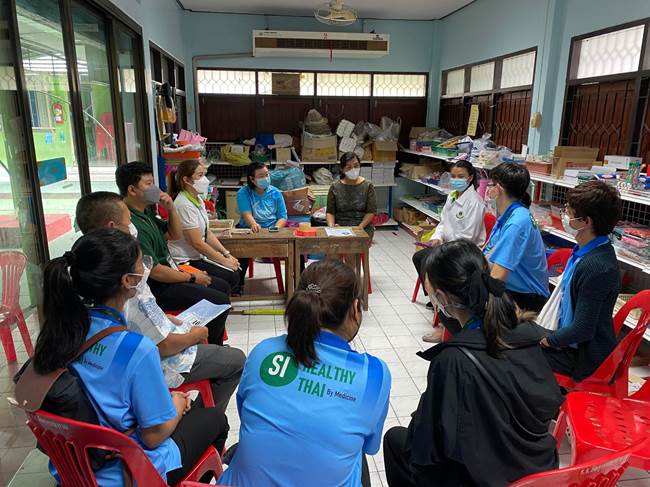 13 May 2566The Association Study of Allergic Rhinitis Symptoms and Air Pollution in Bangkok Noi Community in Healthy Thai Project.The create knowledge on air pollution and allergies for citizens in the Bangkok Noi community and develop an AQI Alert System equipped with proper instructions.To study the association of rhinitis symptoms and AQI levels and the fine particles matter (PM2.5).
13 May 2566The Association Study of Allergic Rhinitis Symptoms and Air Pollution in Bangkok Noi Community in Healthy Thai Project.The create knowledge on air pollution and allergies for citizens in the Bangkok Noi community and develop an AQI Alert System equipped with proper instructions.To study the association of rhinitis symptoms and AQI levels and the fine particles matter (PM2.5). -
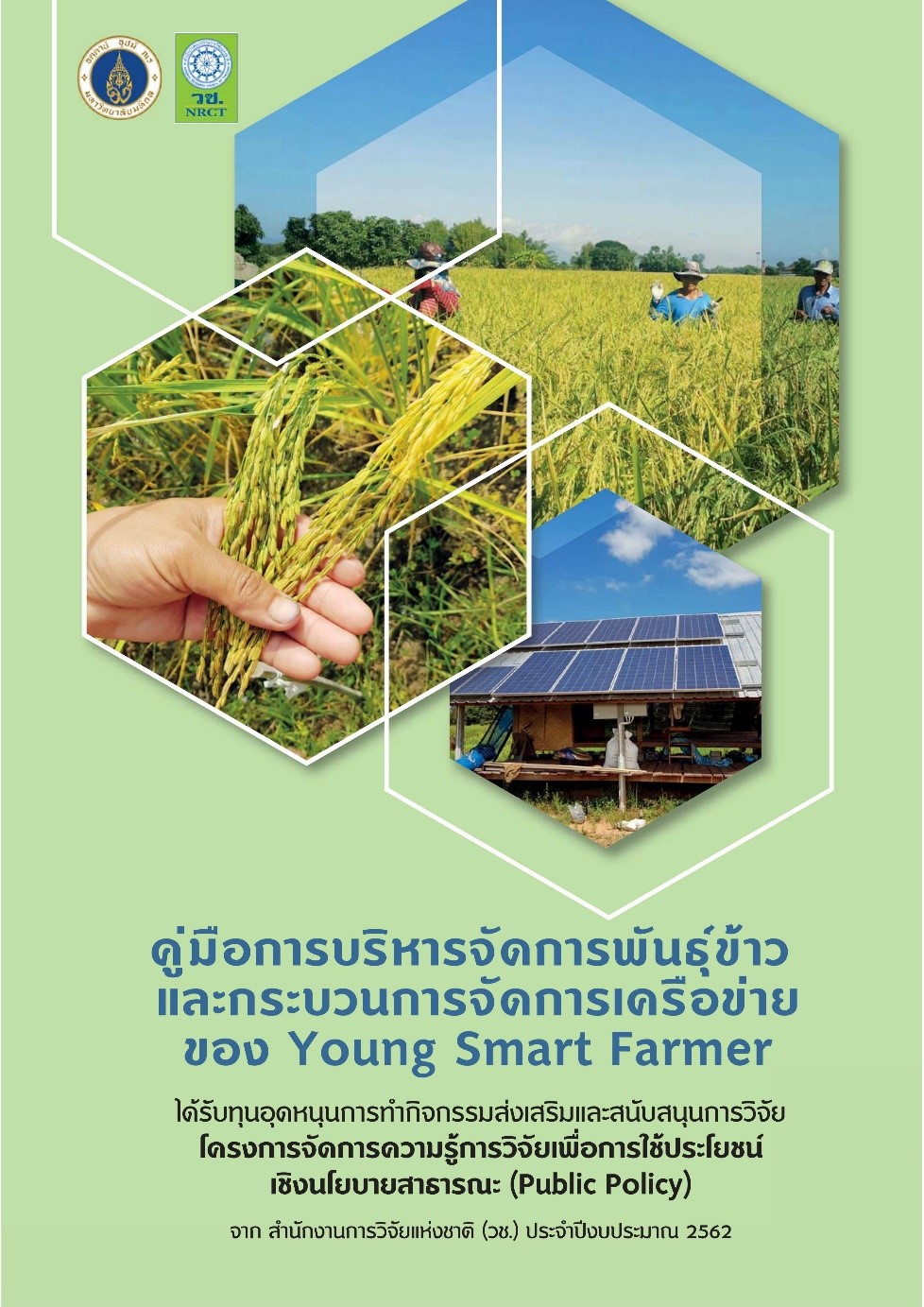 7 Oct. 2565Knowledge management for rice varieties and network management of Young Smart Farmer to cope with climate variabilityFarmers’’ learning process, accumulation, and knowledge transmission in rice breed management in each region of Thailand. including an examination of the process of establishing and administering the Young Smart Farmer’’s network to accommodate changes in the environment, as well as the use of public policy with community participation procedures
7 Oct. 2565Knowledge management for rice varieties and network management of Young Smart Farmer to cope with climate variabilityFarmers’’ learning process, accumulation, and knowledge transmission in rice breed management in each region of Thailand. including an examination of the process of establishing and administering the Young Smart Farmer’’s network to accommodate changes in the environment, as well as the use of public policy with community participation procedures -
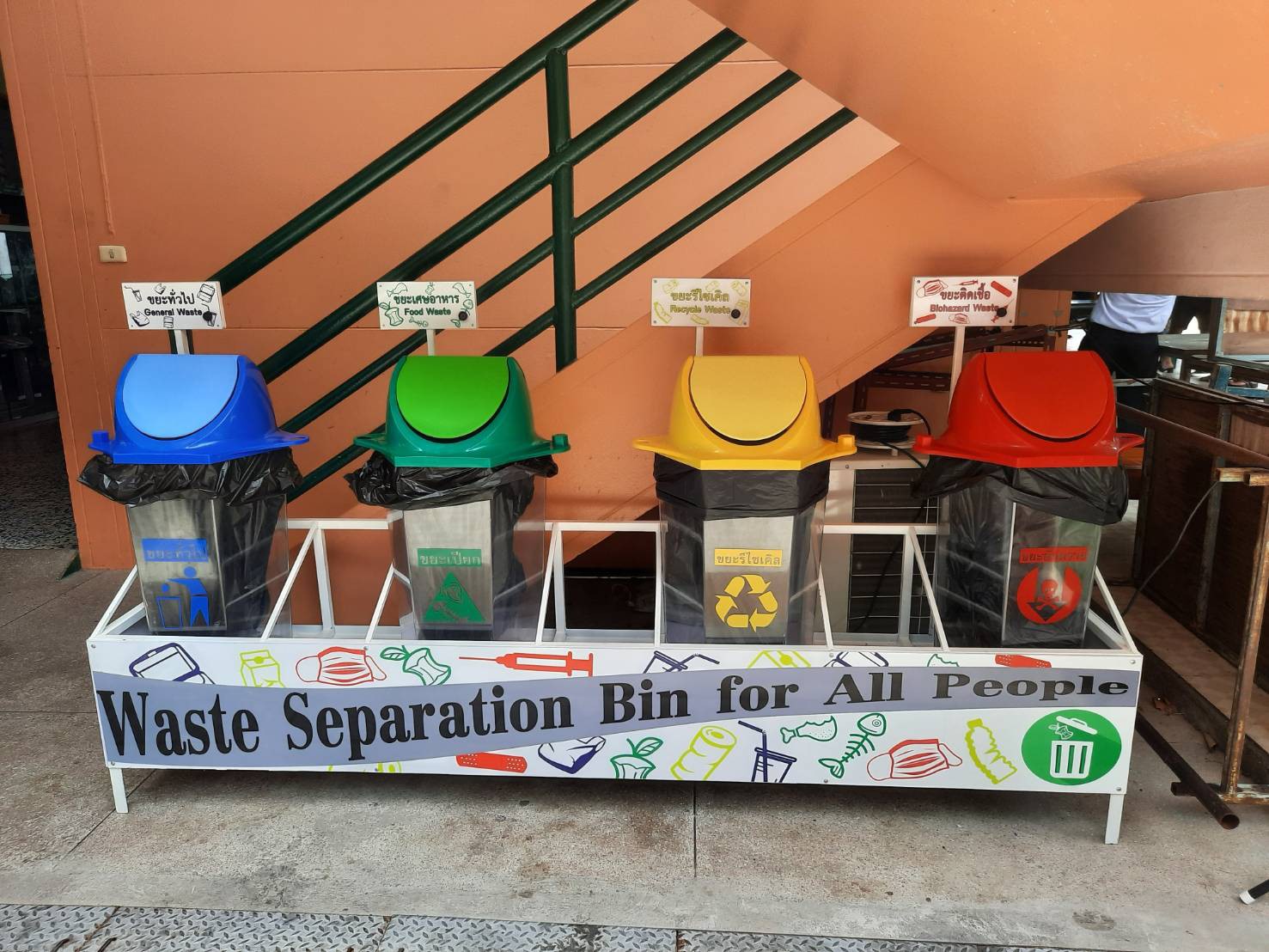 30 Jun. 2565The Participatory Action Research on the Innovative Design of Garbage Bins for Waste Segregation for AllCurrently, individuals with disabilities often face challenges in participating in waste segregation due to the use of color-coded garbage bins for disposal. This system poses limitations for individuals with visual disabilities or impairments.This Participatory Workshop Research on the Innovative Design of Garbage Bins for Waste Segregation for All.
30 Jun. 2565The Participatory Action Research on the Innovative Design of Garbage Bins for Waste Segregation for AllCurrently, individuals with disabilities often face challenges in participating in waste segregation due to the use of color-coded garbage bins for disposal. This system poses limitations for individuals with visual disabilities or impairments.This Participatory Workshop Research on the Innovative Design of Garbage Bins for Waste Segregation for All. -
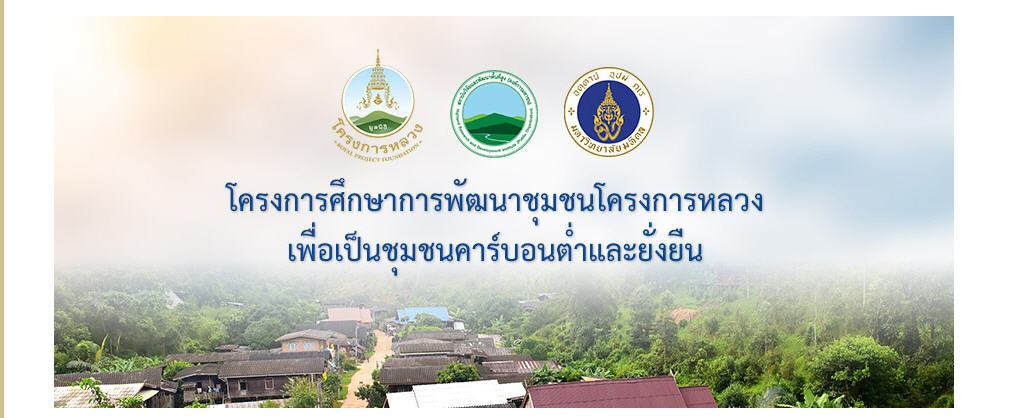 7 Oct. 2565A project to honor His Majesty the King to study the development of the Royal Project community to be a low-carbon and sustainable communityThe Royal Project has been working to become a low-carbon and sustainable community by setting a benchmark for sustainable development in the highlands. The project aims to create a model for other similar communities to follow in order to reduce their carbon footprint and achieve sustainability.
7 Oct. 2565A project to honor His Majesty the King to study the development of the Royal Project community to be a low-carbon and sustainable communityThe Royal Project has been working to become a low-carbon and sustainable community by setting a benchmark for sustainable development in the highlands. The project aims to create a model for other similar communities to follow in order to reduce their carbon footprint and achieve sustainability.


